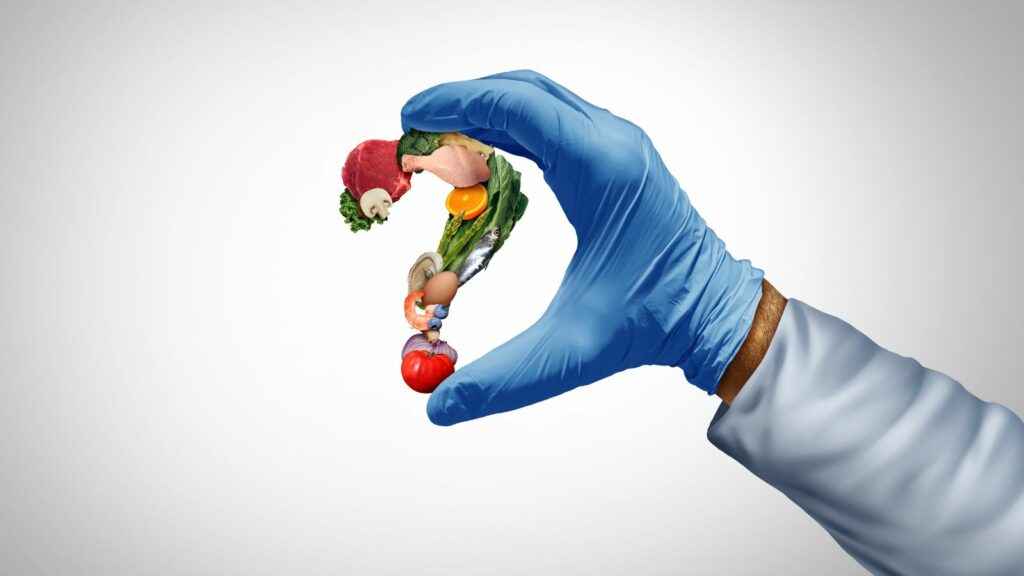The global food supply chain, an intricate web connecting farmers, manufacturers, distributors, and consumers across continents, is more fragile than it appears. As the world’s population continues to grow, increasing from 7.9 billion today to an expected 9.7 billion by 2050, the demand for food will rise dramatically. However, the system that brings food to our tables faces numerous challenges, many of which are intertwined, exacerbating their effects. Below, we explore 18 critical risks that threaten the stability and resilience of the global food supply chain.
Climate Change
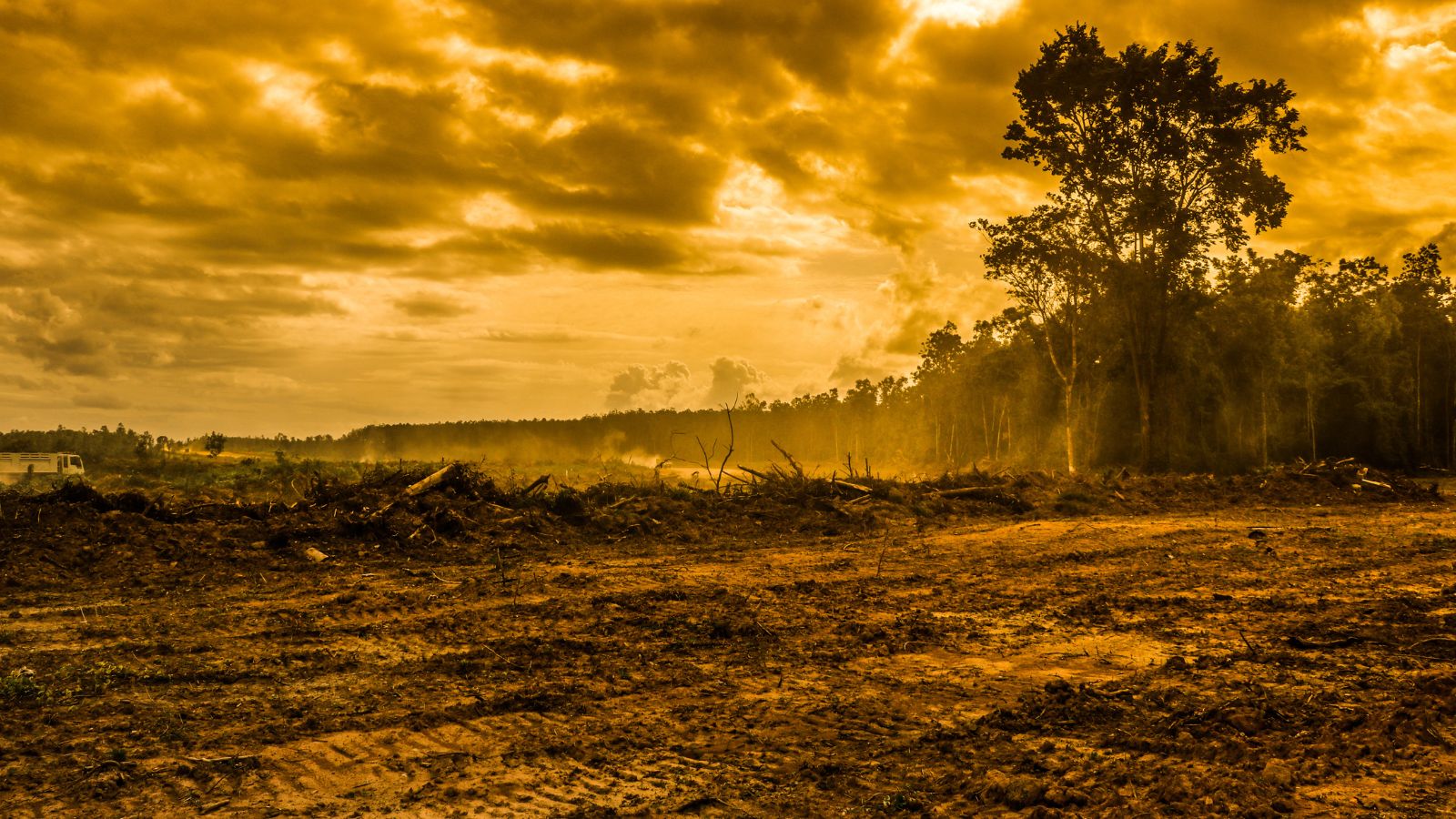
The impacts of climate change are far-reaching, affecting every stage of the food supply chain. Rising temperatures, changing precipitation patterns, and increased frequency of extreme weather events such as droughts, floods, and hurricanes disrupt agricultural productivity. For instance, heat stress can reduce crop yields, alter planting seasons, and threaten livestock health. Ocean acidification, linked to higher CO2 levels, also affects marine ecosystems and fisheries, putting a key protein source at risk for millions.
Water Scarcity
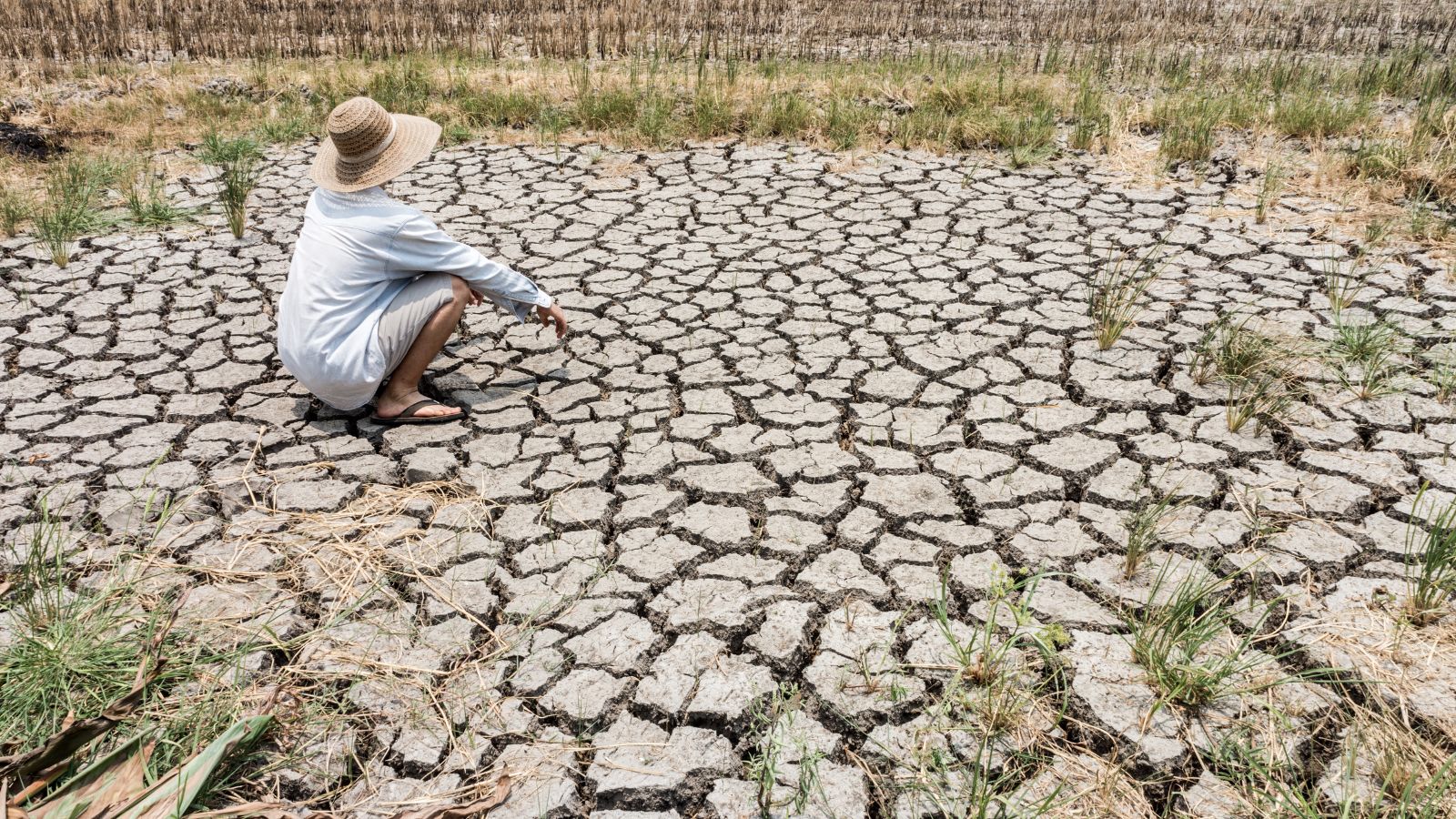
Agriculture accounts for approximately 70% of global freshwater use, making water availability crucial for food production. As water scarcity worsens due to climate change, overuse, and pollution, it limits the ability to maintain current levels of agricultural productivity. The struggle to sustain food production could become even more intense in regions like the Middle East and North Africa, where water resources are already scarce.
Soil Degradation
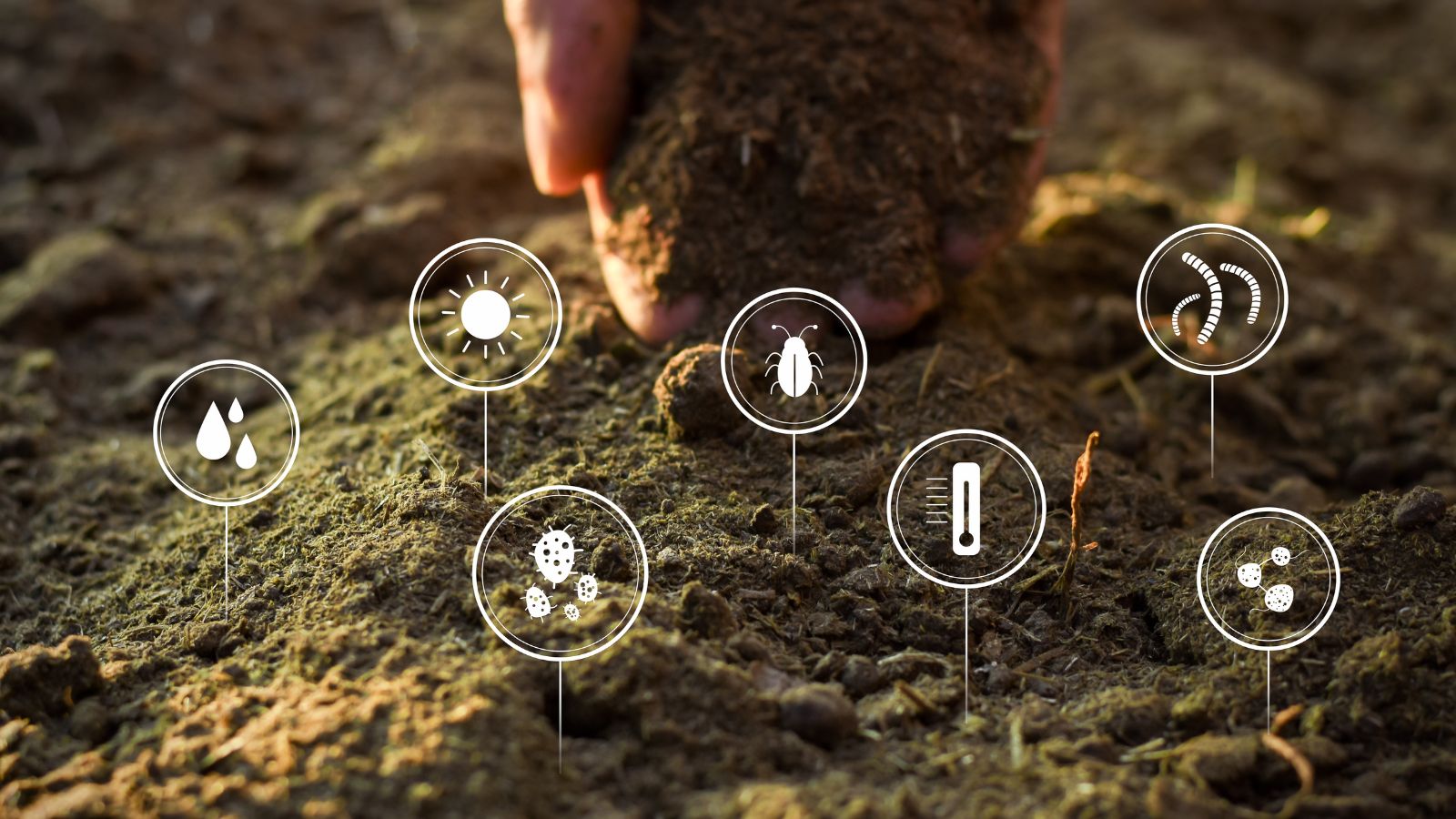
Healthy soils are the cornerstone of agricultural productivity. However, intensive farming practices, deforestation, and industrial pollution have degraded nearly a third of the world’s arable land. Soil erosion, loss of organic matter, and nutrient depletion reduce the capacity of land to support crop growth, forcing farmers to rely more on chemical fertilizers, which can further exacerbate environmental damage.
Loss of Biodiversity
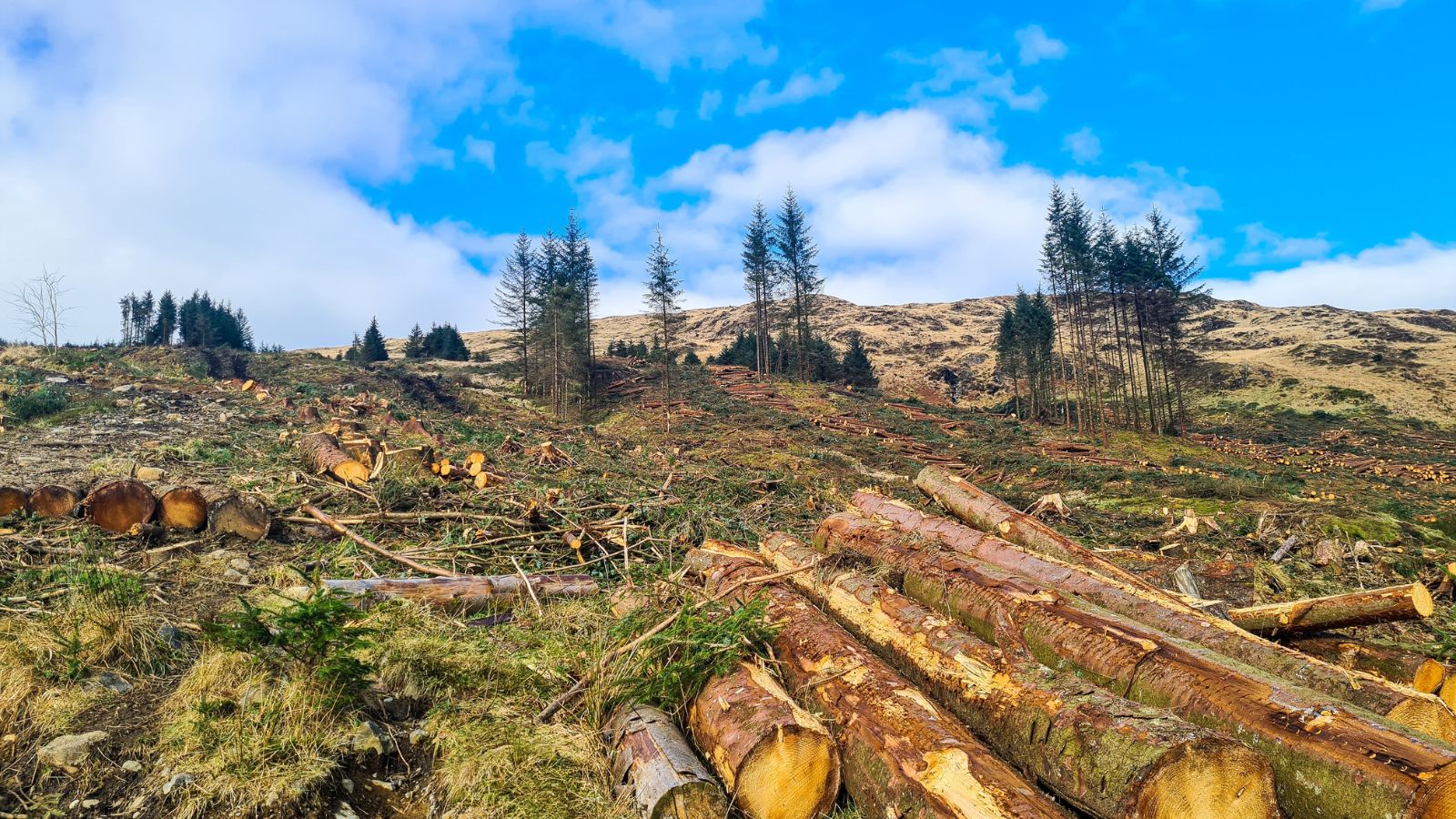
The shift towards monoculture, where a single crop species is grown extensively, reduces genetic diversity in agriculture. This lack of biodiversity makes crops and livestock more vulnerable to pests, diseases, and changing climate conditions. The reliance on a limited variety of species also increases the risk of widespread crop failure, as seen in past events like the Irish Potato Famine.
Pests and Diseases

Global trade and changing weather patterns are accelerating the movement of pests and diseases globally. As regions warm, pests once contained in tropical climates can spread to temperate zones, threatening crops that have not evolved to resist them. Similarly, livestock diseases can quickly spread, as seen with Avian Flu outbreaks and African Swine Fever, leading to significant economic losses and food shortages.
Political Instability and Conflict

War and conflict can devastate agricultural production, disrupt trade routes, and make it difficult to deliver humanitarian aid. Regions facing political instability suffer from food shortages, leading to famine and increased displacement. Furthermore, economic sanctions and trade disputes can restrict the flow of essential agricultural goods, impacting local and global food security.
Economic Inequality

While global food production is sufficient to feed the world, economic inequality hinders access to food for millions. Disparities in income and wealth affect the ability of people to buy nutritious food. Poverty-stricken communities often struggle with malnutrition, even in countries where food is abundant. This inequality can worsen during crises, as seen during the COVID-19 pandemic, where supply chain disruptions led to price hikes and food insecurity.
Pandemics and Health Crises

The COVID-19 pandemic exposed significant vulnerabilities within the food supply chain. Lockdowns and labor shortages affected harvesting, processing, and distribution, leading to food waste and shortages. While more zoonotic diseases (those transmitted from animals to humans) are expected to emerge due to environmental pressures, future pandemics could similarly disrupt food systems.
Overfishing
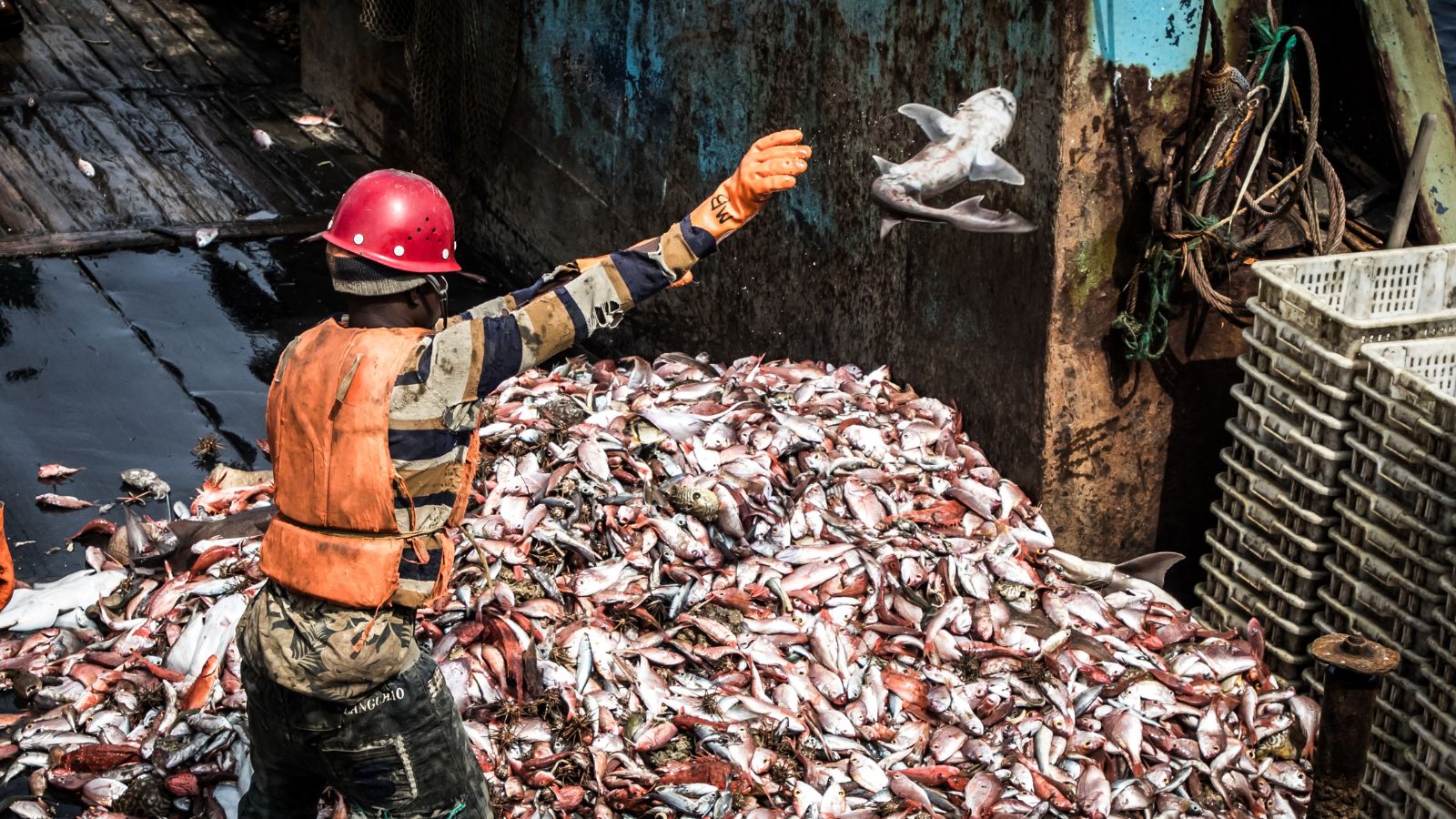
Unsustainable fishing practices have resulted in the overexploitation of many fish species, threatening marine biodiversity and food security for coastal communities that rely on seafood. Overfishing disrupts ecosystems, depletes fish stocks, and reduces the ability of the ocean to support human nutrition.
Urbanization and Land Use Changes

As cities expand and infrastructure projects encroach on agricultural land, the competition for land resources intensifies. The conversion of farmland into residential or industrial areas reduces the amount of land available for agriculture, leading to concerns about how to feed a growing urban population.
Food Waste

An estimated one-third of all food produced for human consumption is lost or wasted each year. This waste occurs at various stages—on the farm, in processing, during transportation, and at retail and consumer levels. Food waste squanders resources used in production and contributes to greenhouse gas emissions when decomposing in landfills, exacerbating climate change.
Dependency on Key Exporters

A handful of countries dominate the exports of essential food commodities, such as rice, wheat, and soybeans. When natural disasters, economic problems, or policy changes affect these key exporters, the repercussions can ripple throughout global markets, leading to supply shortages and price volatility.
Transportation and Logistics Challenges

The global nature of the food supply chain relies heavily on transportation networks and logistics. Issues such as fuel price fluctuations, transportation infrastructure quality, and disruptions caused by natural disasters can create bottlenecks in the supply chain. Even minor delays can lead to significant economic losses and food spoilage.
Energy Prices and Fuel Dependency
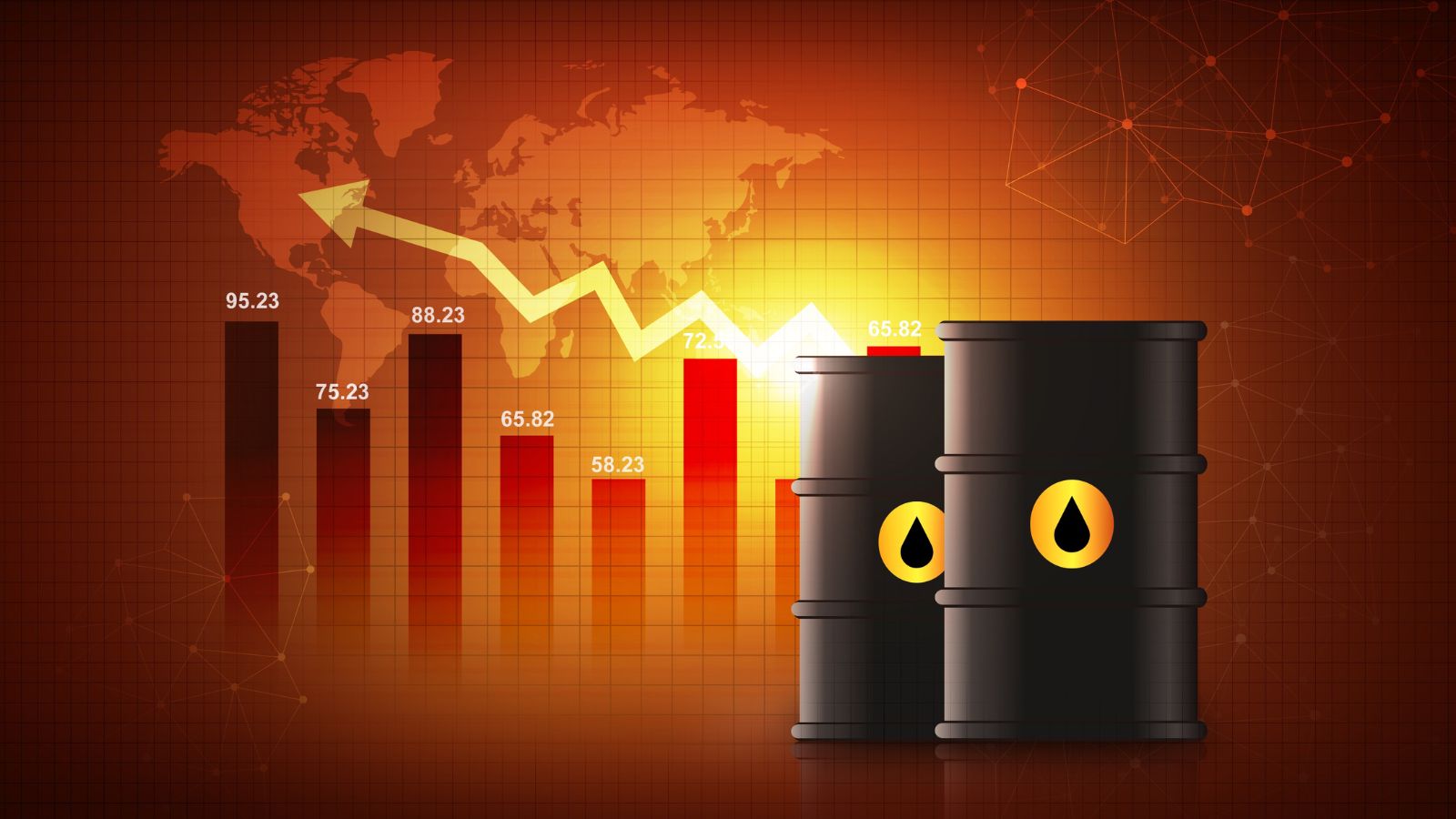
Agriculture and food transportation are energy-intensive activities. Fluctuations in energy prices, particularly for oil and gas, directly impact production costs and, ultimately, the price of food. Higher energy costs can also make agricultural inputs like fertilizers more expensive, significantly reducing farm productivity.
Regulatory and Trade Barriers

Differing regulations between countries regarding food safety, quality standards, and trade policies can hinder the seamless movement of goods. Trade barriers like tariffs, embargoes, and non-tariff measures can disrupt supply chains and make it difficult to access essential food products during crises.
Technological Disparities

While technology has transformed agriculture, not all regions benefit equally from advancements like precision farming, genetic engineering, or sustainable irrigation methods. Developing countries may lack the resources or infrastructure to adopt these technologies, creating a productivity gap that impacts food availability and affordability.
Supply Chain Vulnerabilities
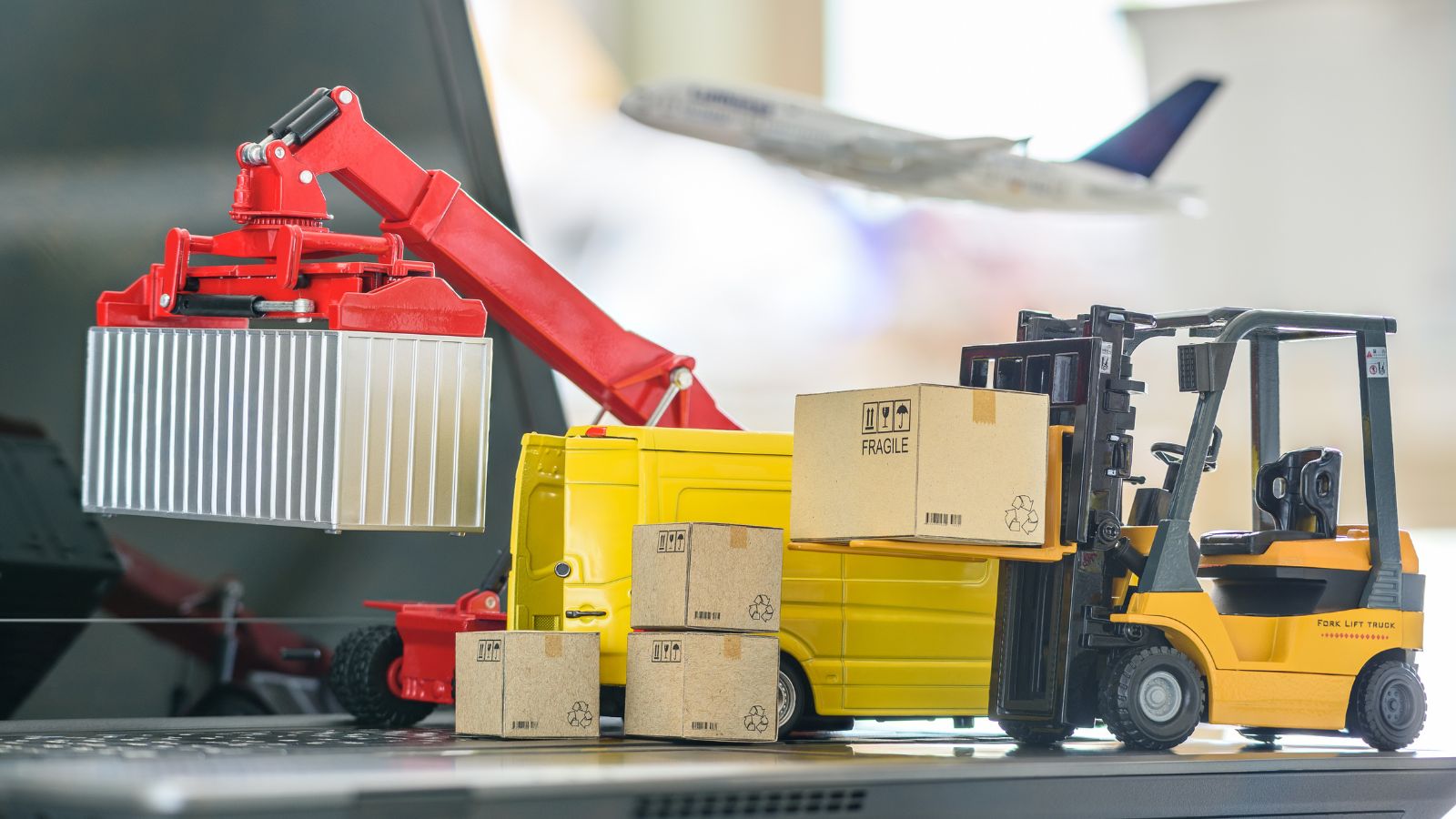
The trend towards just-in-time inventory systems, where products are delivered as needed to minimize storage costs, can increase the risk of supply chain disruptions. Centralized processing facilities or a limited number of suppliers create weak points in the system that can fail if production halts due to natural disasters, strikes, or other unforeseen events.
Genetically Modified Organism (GMO) Controversies

Using GMOs in agriculture has sparked debates over health, environmental impact, and market access. While GMOs can improve crop resilience and yields, differing regulations and consumer preferences create trade barriers, limiting access to these technologies in certain regions. This can impact the ability of countries to address food security challenges effectively.
Conclusion
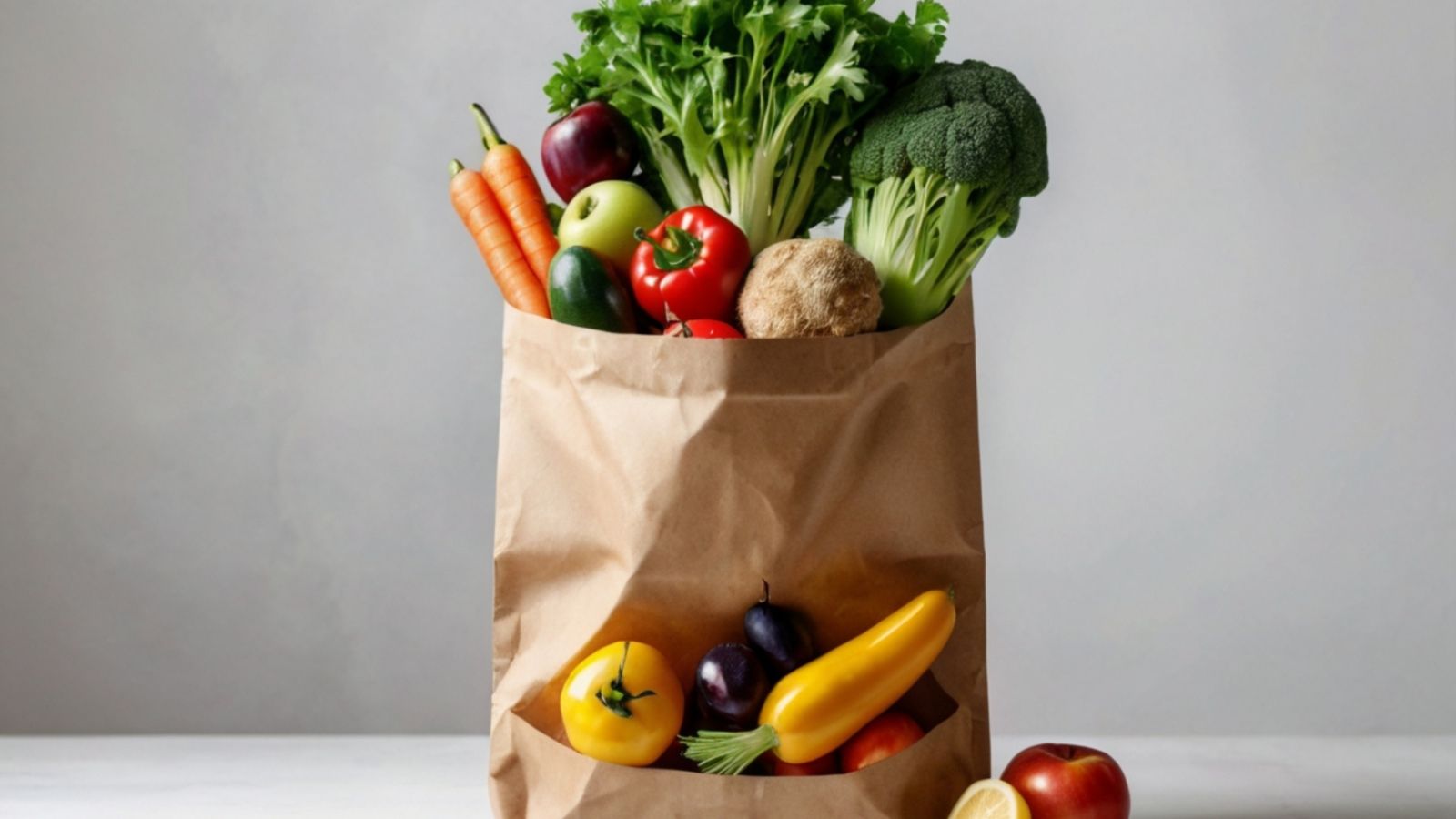
Building resilience in the global food supply chain requires a multi-faceted approach. Efforts must focus on sustainable agricultural practices, climate adaptation strategies, investment in research and technology, equitable food distribution, and international cooperation. By acknowledging and addressing these 18 risks, we can work towards a more stable and secure global food system that can withstand the challenges of the 21st century.
18 Reasons Why People Are Leaving Florida in Masses

Exploring factors that impact the desirability of living in Florida, this list delves into various challenges shaping residents’ experiences. From environmental concerns like rising sea levels to economic factors such as fluctuating job markets, these issues collectively contribute to a nuanced understanding of the state’s appeal.
18 Reasons Why People Are Leaving Florida in Masses
